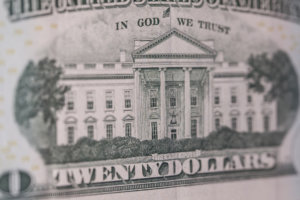An alternative look at the “global savings glut”
A “global saving glut” was invented by Ben Bernanke in 2005 as a label for positive net lending (imports exceeding exports) to the American economy by the rest of the world. This trading situation had already emerged around 1980, and led to the Plaza Accord in 1985. One common explanation is based on the Mundell-Fleming IS/LM/BP model. But this model cannot be valid, since the “BP” equation is not independent of “IS.” Other champions of this saving glut hypothesis rely on loanable funds theory, which is institutionally inadequate. More plausible analyses of the persistent trade imbalance can be derived from a two-country IS/LM set-up devised by Wynne Godley, a Kaleckian description of the political economy of East Asia and the United States, and dissection of the terms of trade due to W. Arthur Lewis and Luigi Pasinetti.



